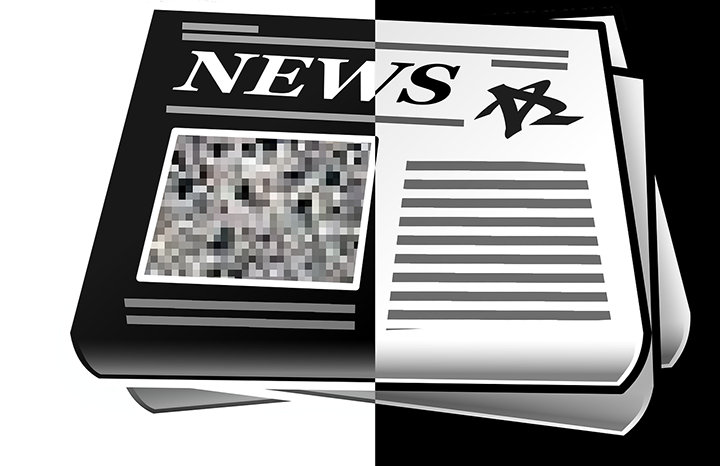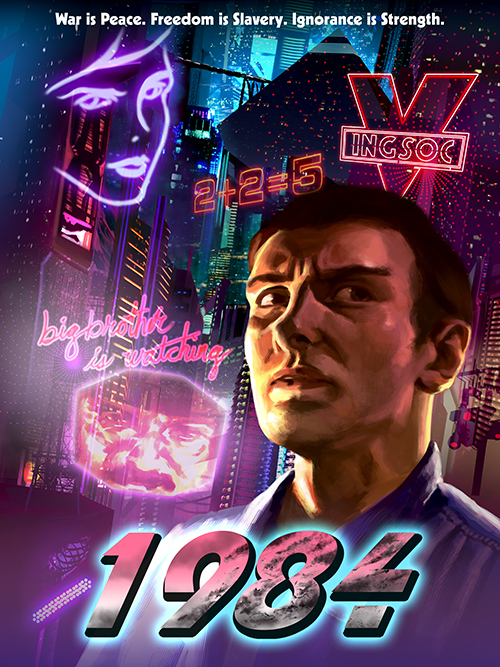By Sophia Schlegelmilch | Observer Contributor

Image from Pixabay, edited by Thomas Hill Jr.
Students and faculty had the opportunity to discuss what defines fake news and how to distinguish reliable news sources during the Media Bias and Fake News Discussion Panel, the latest installment of the Tea Time Speaker Series.
The discussion included topics such as how to define fake news, how to spot reliable news sources, reporters’ objectivity, and racial bias in the media.
The panel consisted of Susan Goldstein, Professor of English and advisor to the student newspaper, The Mount Observer; Anthony Simollardes, editor for the Worcester Telegram & Gazette; Sam Bonacci, MWCC Communications Specialist; and Ellen Pratt, MWCC’s Distance Education and Outreach librarian. Professor Michelle Valois served as moderator.
Among the questions asked, one audience member inquired about how students can begin to figure out the difference between real and fake news.

Image courtesy of MWCC
“Start with the basics.” advised Goldstein, “Examine the sources.” She also recommended that students examine the publisher, the website, and the qualifications of the people involved in the story.
Simollardes suggested, “Get out of your bubble. Try to follow some sources that you don’t agree with.” He recommended that students “take a scientific approach” and look at multiple sources from multiple perspectives before deciding what is true.
“A great place to start is to actually read the article,” added Bonacci. “It’s really tempting to look at the headline and your friend’s comment and come to a conclusion, but that is far from actually reading the article.”
The panel was facilitated by MWCC’s Humanities Project, in accordance with this year’s theme, “Revisiting 1984.” This project was funded by a grant from the National Endowment for the Humanities and the Gateway to College program. A number of dual-enrollment students from the Gateway to College program were present in the audience, accompanied by the Gateway program’s Resource specialist, Sharmese Gunn, and had prepared questions for the panelists.
Comments are closed.